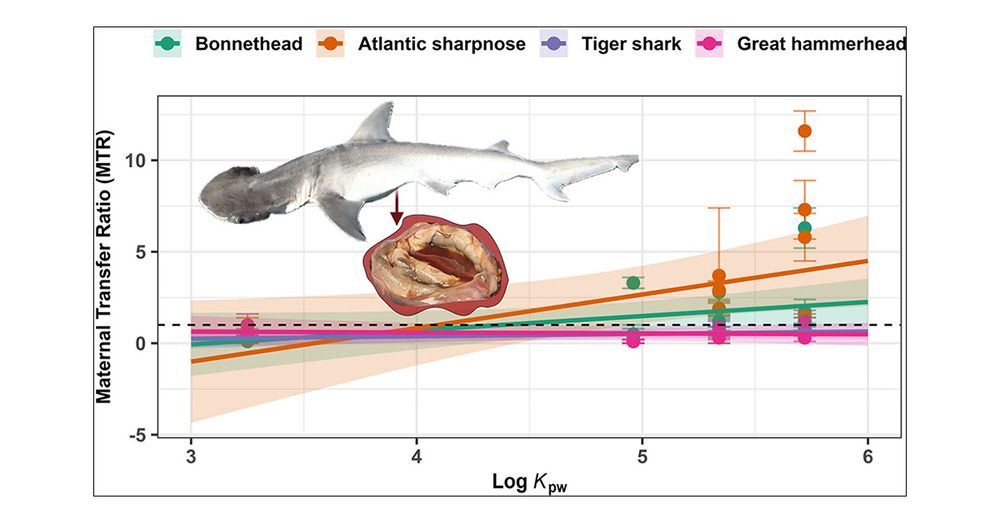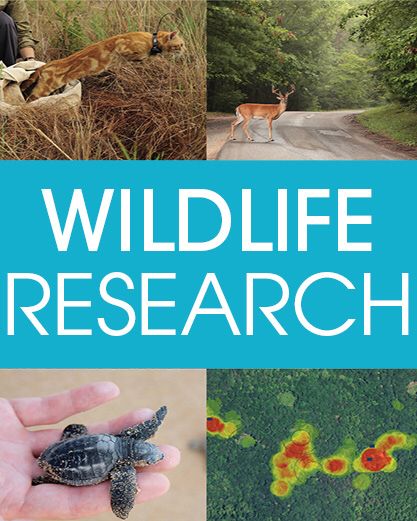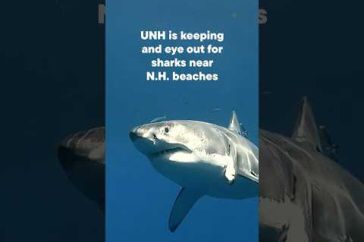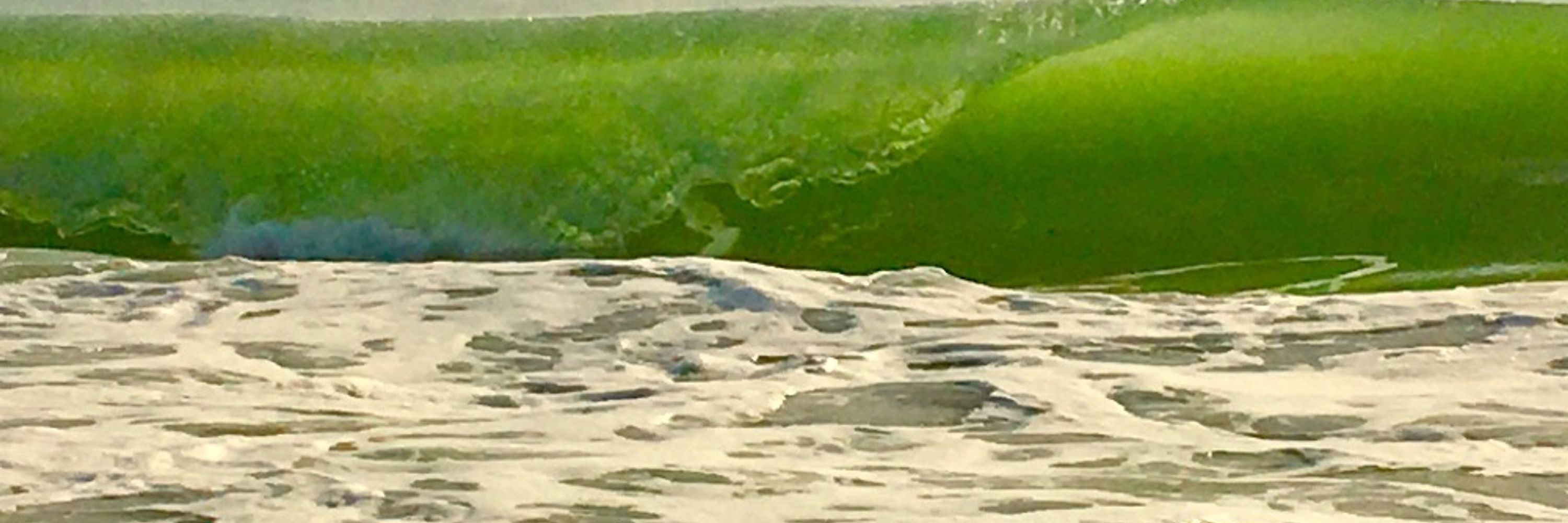SharkScience
@sharkscience.bsky.social
3.1K followers
380 following
340 posts
Cape Canaveral Scientific: not-for-profit Marine Biological & Ecological Research - sharks, other fishes, & ocean ecosystems.
Posts
Media
Videos
Starter Packs
Pinned
SharkScience
@sharkscience.bsky.social
· Jul 18

Occurrence and Maternal Transfer of Per- and Polyfluoroalkyl Substances (PFAS) in Pregnant Sharks from Florida Coastal Waters
Per- and polyfluoroalkyl substances (PFAS) have been widely detected in various environmental media, attracting significant research and regulatory attention. This preliminary study investigated the o...
pubs.acs.org
Reposted by SharkScience
SharkScience
@sharkscience.bsky.social
· Aug 29

Differences in juvenile white sharks’ (Carcharodon carcharias) resource use in southern California waters
Context The white shark (Carcharodon carcharias) is a marine predator with a global distribution, ranging from neritic to oceanic waters. In the Southern California Bight (SCB), juvenile white sharks ...
www.publish.csiro.au
SharkScience
@sharkscience.bsky.social
· Aug 28

Sharks Aren't Lingering in Local Waters, UNH Researchers Find
White sharks appear to be using New Hampshire waters as “a bit of a highway to get further up the coast,” says researcher Nathan Furey, a conclusion based on data gathered from a partnership with the ...
www.unh.edu























